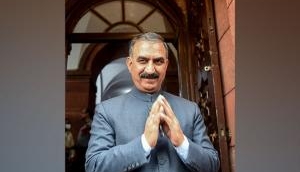 Manipur: Govt schools, colleges closed till November 19 amid curfew in Imphal
18 November 2024, 15:06 pm
Manipur: Govt schools, colleges closed till November 19 amid curfew in Imphal
18 November 2024, 15:06 pm
 Himachal CID probe into how samosas meant for Chief Minister Sukhu were served to his staff
8 November 2024, 14:17 pm
Himachal CID probe into how samosas meant for Chief Minister Sukhu were served to his staff
8 November 2024, 14:17 pm
